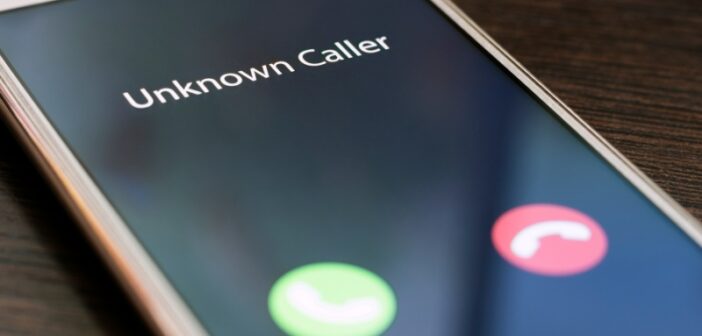According to YouMail’s latest Robocall Index, U.S. consumers received just over 4.3 billion robocalls in July. This number is roughly the same as July 2024 but marks a 3.1% drop from June. It also represents the third consecutive monthly decline since the peak in April. In total, the first seven months of 2025 have seen 32.5 billion robocalls, about 9.2% higher than the same period in 2024.
July averaged 144 million robocalls/day and 1,666 robocalls/second, down 3.2% from June’s average of 148.8 million robocalls/day and 1,722 robocalls/second.
“The good news is we’ve seen three straight months of declining call volume from 2025 peaks,” said YouMail CEO Alex Quilici. “The bad news is 2025, as a whole, is still on a pace to exceed 2024’s volumes by 9%. Robocalls have clearly not gone away.”
These latest figures are provided by YouMail, a totally free app that protects consumers from unwanted or dangerous calls, texts, and voicemails. The data is extrapolated from robocall traffic attempting to reach YouMail’s millions of active users.
Roughly 60% Of July’s Robocalls Are Unwanted
A positive takeaway from July’s data is there were fewer robocalls of all types during the month. However, the scam and telemarketing calls that people generally don’t want now account for 60% of all robocall volume, up from 58% in June.
|
Type of Robocall |
Estimated July Robocalls |
Percentage July Robocalls |
|
Notifications |
.98 billion (-8.7%) |
23% (-1%) |
|
Payment Reminders |
.75 billion (-6.4%) |
17% (-1%) |
|
Scams and Telemarketing |
2.6 billion (-3.7%) |
60% (+2%) |
In tracking unwanted calls, we’ve seen the disappointing trend that they have increased significantly since the beginning of 2024. While scams or telemarketing volumes may fluctuate month to month the combined total has risen by more than 30% over the past 18 months.
July 2025’s Most Annoying Robocalls
The most problematic robocalls in July, like in June, involved calls related to various types of loans. These calls, such as those from this number, featured messages like:
Hey, this is Abigail Young trying to reconnect from the underwriting desk. I see here that we were able to get you pre-screened for eligibility for a debt consolidation loan of up to $35,000 with an affordable monthly payment of $525 per month. We’re seeing a lot of demand, so I recommend taking action right away. Call me as soon as you get this at (833) 487-2543. Just to repeat, (833) 487-2543. Thanks for your time.
These loan-related call campaigns are problematic due to their high volume, which appears to have been in the hundreds of millions of calls in July. The calls originate from thousands of different numbers, often making only a few calls from each. They consistently claim to be a specific individual, using various versions of the same basic message, with slight differences in the monthly payment, loan amount, and call to action. The calls do not clearly identify the organization behind them. Based on consumer feedback, they also target people who never contacted the company or requested a call. This behavior is indicative of, at worst, a scam and at best, very shady telemarketing.
The Source of This Data
These data points are provided by YouMail, a free call protection app for mobile phones. YouMail won the American Business Awards’ Gold Stevie Award for Technical Innovation of the Year, and the YouMail app was named the nation’s best robocall-blocking solution in a competition organized by Geoffrey Fowler of the Washington Post.
YouMail blocks unwanted robocallers by making sure the user’s phone doesn’t ring, and then plays an out-of-service message that leads them to think they dialed an invalid number. YouMail identifies problematic numbers and robocalls using a combination of its recently patented audio fingerprinting technology, call patterns, and consumer feedback.
YouMail provides the YouMail Robocall Index to estimate robocall volume across the country and for specific area codes every month. This estimate is formed by extrapolating from the behavior of the billions of calls YouMail has handled for its users, and these statistics are regularly cited by the FCC as a definitive source for national data trends.
For a full ranking of cities, states, and area codes—including insights on robocaller behavior and how July averaged in each area code—please visit the website here. To hear actual robocall voice messages, check out the YouMail Directory.
Related News:
Top IT Security Predictions for 2025
iPhone Users at Greater Risk? Malwarebytes Finds Security Awareness Gap

